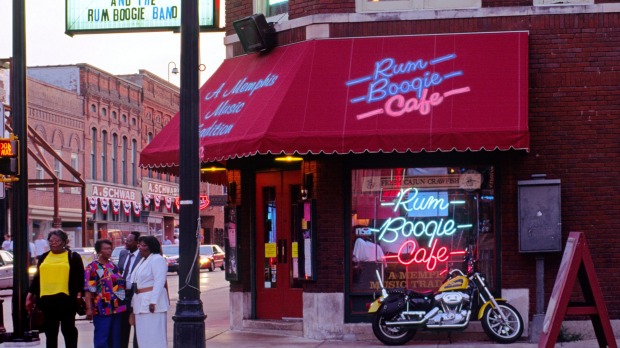
So I'm walking along Bourbon Street, in the heart of New Orleans' French Quarter, and this is what I hear bands playing as I pass the open doorway of each bar – Kiss' Rock And Roll All Nite, Guns N' Roses' Sweet Child O' Mine, Van Morrison's Brown Eyed Girl, Kenny Loggins' Footloose, Michael Jackson's Billie Jean and Van Morrison's Brown Eyed Girl yet again.
Jazz? None. None at all.
Considering I'm here on my first night of a week-long road trip that will take me north from New Orleans on Highway 61 to Clarksdale, Mississippi, and then to Memphis, Tennessee, to experience the rich history of jazz, blues, soul and rock and roll in the US south, it's not a promising start.
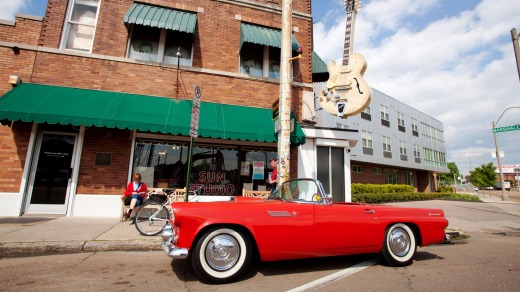
Anyone will tell you that Bourbon Street is not the real New Orleans. It's clogged with slow-moving out-of-towners wearing Mardi Gras beads and clutching lurid cocktails in plastic beakers. This is one of the very few places in the entire United States where you can legally drink alcohol while walking along the street and people take to this freedom with an enthusiasm bordering on mania. Bars proudly advertise "huge ass beers" and tourist-trap stores sell gaudy souvenirs and t-shirts with witless slogans such as "Help! I've Fallen And I Can't Reach My Beer!" Meanwhile, workmanlike covers bands soundtrack the strip with a party-hearty repertoire for the throngs to sway along to before falling over in the gutter.
You can still find jazz in the heart of the French Quarter, but you have to look for it. I veer a little off Bourbon Street to take in a show at Preservation Hall , where traditional jazz has been played since 1961. The venue is a dim space with no bar, no bathroom and no airconditioning. There are also few concessions to comfort – a handful of hard wooden pews, a dozen chairs, some cushions strewn on the floor and then standing room only.
But there is jazz. Tonight, it's the Preservation Hall All Stars, who play a stirring set of standards – including Shine, Tiger Rag and Burgundy Street Blues – and then ask for requests. A sign on the wall sets out the rules: traditional request $5; others $10; The Saints $20. That last one refers to The Saints Go Marching In, the most requested song of any jazz group in the city. Sure enough, someone immediately drops 20 bucks in the hat and the song starts up.
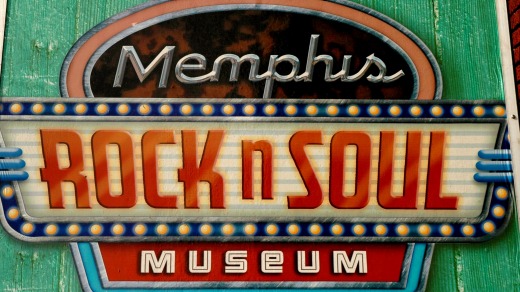
"If you guys feel like singing along because you know the lyrics ..." says band leader and clarinet player Louis Ford, pausing for comic effect. "Please, don't."
He's kidding. Everyone claps and sings along. It's difficult not to get caught up in the music. The room is so packed I am virtually sitting on the trombone player's lap.
The following night I make it to Frenchmen Street, where there looks to be a street party. In fact, it's just a regular night on the vibrant three-block stretch of this street in the middle of the Faubourg Marigny neighbourhood. Cars slow to a crawl as a crowd spills across the roadway, cheering and dancing along to a group of teenagers who are blasting a joyous street-corner jazz cacophony on trombones, trumpets, saxophones and drums. Even the policemen on duty are swaying and tapping their feet.
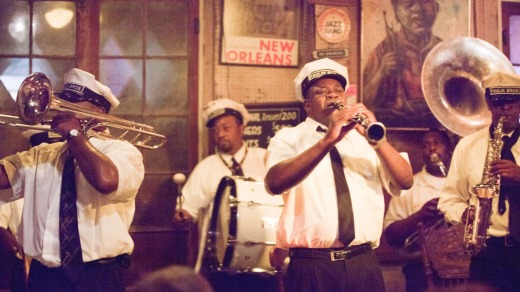
If you have watched the TV series Treme, then you will have seen Frenchmen Street. Its Creole cottages and jazz bars were often featured in the show.
I walk into the Spotted Cat and squeeze into a small space between the dance floor and the bar. A rockabilly couple twirl to swing-jazz combo the New Orleans Cottonmouth Kings. Before they start their second song, there's a commotion at the door. A man with a trumpet strides up to the stage and asks, "Can I play one?"
He hugs each of the band members in turn, says St James Infirmary out of the side of his mouth, and begins to play.
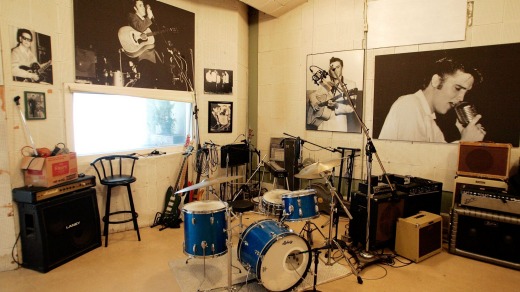
It's Kenneth Terry, a local legend who appeared on Treme, has played in a dozen different groups (including the Rebirth Brass Band and Preservation Hall Brass Band) and tutored many young players from New Orleans. He plays with one hand, points at various crowd members (usually female) and then sings in a deep, gritty style not far removed from Louis Armstrong. Everyone in the Spotted Cat goes nuts. And I am so glad I got away from Bourbon Street.
The next morning I prepare to hit the road.
"You can choose any of those three cars, sir," says the woman from the Alamo car-rental business.
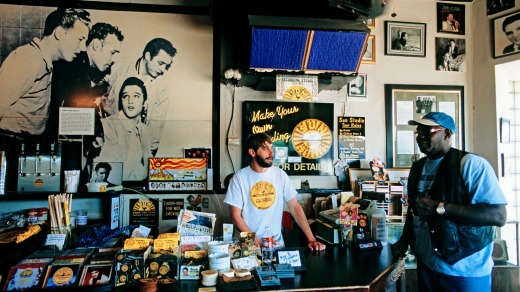
I'd always imagined that if I ever got the chance to drive the legendary Highway 61 that goes all the way from New Orleans up to the city of Wyoming in Minnesota, it would be in a 1940s Hudson or a 1950s Chev or maybe a 1965 Mustang. The woman is pointing to a Nissan Activa, a Ford Fusion and a Hyundai Sonata. All were manufactured in the past two years. I inwardly sigh and go with the Hyundai for the simple reason that it's red and the other two vehicles are white.
They call Highway 61 the blues highway. It was the road that took musicians from the cotton fields of the south to the cities of the north during the 1940s, electrifying the blues on the way and revolutionising popular music when it was picked up in the '60s by the Rolling Stones, the Yardbirds and the Animals.
Many great blues artists lived in towns along this road, including Muddy Waters, B. B. King, Bo Diddley, Bessie Smith, Elmore James, Howlin' Wolf and Son House. And many others have immortalised the highway in song, including Bob Dylan on 1965's Highway 61 Revisited.
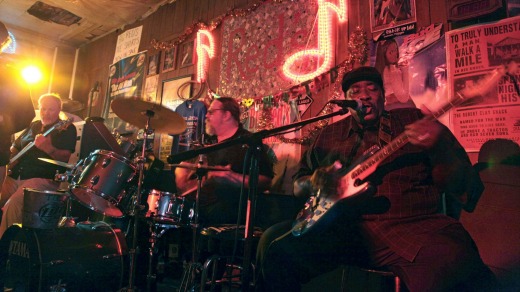
I arrive in Clarksdale, Mississippi, in the late afternoon and head straight to Cat Head Delta Blues and Folk Art . Opened in 2002, it's a store filled with seemingly every blues CD and every book about the blues ever produced, along with folk art representing many of the blues greats. More importantly, it is owned by Roger Stolle, a blues historian and local booster for Clarksdale.
"I'm a white guy who grew up in suburban Ohio, but I absolutely feel the blues," he tells me. "We've all woken up one morning and felt like crap. That's what the blues is all about. It's making something good out of something bad. If it's authentic blues, you have an emotional response to it."
For a small town of about 18,000, Clarksdale boasts a large number of places where you can hear blues almost any night of the week, including Ground Zero, a shack-like bar co-owned by actor Morgan Freeman, who grew up in nearby Greenwood. There are festivals throughout the year, the biggest being the Juke Joint Festival every April, where blues musicians descend on the town and play in more than 20 venues. Hotels are booked out nine months in advance.
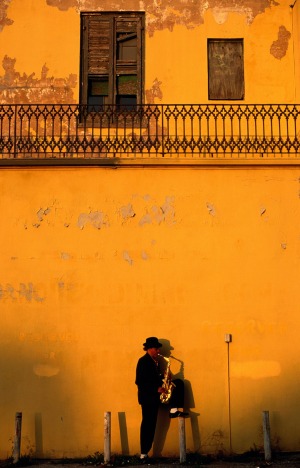
That night, I head to Red's Lounge, a juke joint just across the railroad tracks from the centre of town. At the bar, you can get cans of full-strength beer or light beer. Don't bother asking for anything else. Sitting in the middle of the room with a black electric guitar and an array of harmonicas is Terry "Harmonica" Bean, a local bluesman in his 50s.
"When I was little, I'd listen to my granddaddy play the blues on the porch," he tells the crowd. "I thought 'I want me some of that, too.' My granddaddy would play something like this ..."
The guitar comes to life as he hits the strings with his gnarled fingers and sings a version of Where Did You Sleep Last Night, the traditional song that dates back to the 1870s and has been interpreted by everyone from Lead Belly to Kurt Cobain.
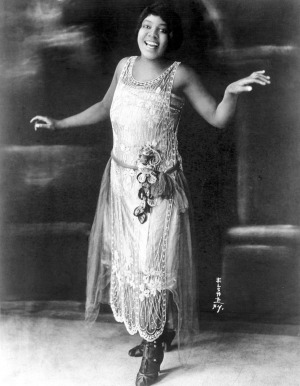
The next morning, I go looking for the resting place of Robert Johnson. This is not an easy task, as there are three different gravesites and only one of them is genuine. Fortunately, I have a guide, Sylvester Hoover, who conducts blues tours of Greenwood, an hour's drive from Clarksdale . Hoover has run a general store in the poor black neighbourhood of Baptist Town for 30 years. The store sits across the road from where Johnson used to play in the street to adoring crowds. The legend goes that one night he went to the crossroads of highways 61 and 49 and sold his soul to the devil in exchange for his musical gifts. The facts that only two photographs of him are known to exist and he only recorded a couple of dozen songs before dying at the age of 27 after being poisoned – possibly by a jealous lover – only add to the myth.
Hoover drives me to the spot known as Three Forks, where it is believed Johnson died, then takes me to the three different gravesites, at Payne Chapel and Mount Zion church and finally the genuine resting place at Little Zion Missionary Baptist. The gravestone has a half-empty cognac bottle sitting on it and is littered with guitar picks from aspiring musicians wanting to attract some of Johnson's mojo.
As this is Hoover's church, he invites me in to see the end of the Sunday service. It turns out the preacher's father used to play with Muddy Waters. In the southern Baptist style, at the end of the sermon, he starts singing an improvised gospel wail, to approving shouts of "Amen!" and "Praise the Lord!" from the congregation.
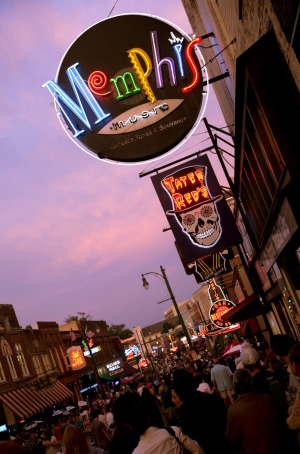
"The blues and gospel music are very similar," says Hoover when we get back in the car afterwards. "They just put 'baby' and 'honey' in the blues songs and 'Jesus' and 'God' in the songs they sing on Sundays."
The day after I fire up the Hyundai and hit Highway 61 again, bound for Memphis. Sixty-five years ago, a Clarksdale band called Jackie Brenston and His Delta Cats – featuring piano player Ike Turner – made this same trip. They were on their way to record with an aspiring producer named Sam Phillips at a place called Sun Studios. Somewhere along the road, they hit the brakes too hard and some equipment fell off the roof of the car. The guitarist's amplifier was damaged, but they continued to Memphis, where Phillips stuffed newspaper into the broken speaker cone. The resulting sound was distorted, but he liked what he heard. The song they recorded, Rocket 88, became a hit when it was released in 1951 and is generally credited as the first rock and roll song.
A couple of hours after leaving Clarksdale, I'm standing in Sun Studios, clutching one of the microphones Phillips used to record not just Rocket 88, but Elvis Presley, Johnny Cash, Carl Perkins and Jerry Lee Lewis. The studio tour takes you through the story of the evolution of rock and roll that took place in this unassuming room with a lino floor and peg-board walls.
Memphis is very good at preserving and presenting its musical history. I take in the Stax Museum of American Soul Music (staxmuseum.com), dedicated to the legendary label and studio known as "Soulsville USA", home to Otis Redding, Wilson Pickett, Booker T. & The M.G.'s, Sam & Dave, Isaac Hayes and more.
I also visit the Memphis Rock 'n' Soul Museum , where a self-guided tour with headphones takes me on an impressive and immersive journey from the gospel and blues of the deep south to the modern rock era. After almost two hours, I emerge into the fading afternoon sunlight and realise it is the same trip I have just taken, both physically (driving from New Orleans) and musically (over the week, my car soundtrack has switched from Delta blues and jazz to soul and early rock and roll). That night, I hook up with Tad Pierson, who runs tours of Memphis in his pink 1955 Cadillac ([email protected]). He takes me to juke joints that are off the tourist grid, such as Wild Bill's and Earnestine & Hazel's, a dive-bar/speakeasy that is an old-school hold-out in the recently gentrified South Main Arts District
We end up on Beale Street, which was central to the city's jazz and blues scene in the first half of the 20th century before becoming derelict in the '60s and finally being revitalised into a tourist-friendly attraction in the '80s. There's plenty of music here, but quantity can outweigh quality. We drift from bar to bar, seeing a histrionic rock trio, an acoustic duo who talk too much and a rockabilly band who play the lamest version of Johnny B. Goode I have ever heard.
Finally, we wash up at Rum Boogie Cafe's Blues Hall Juke Joint, where Dr Feelgood Potts is about to go on stage. Pierson brightens – it turns out Potts is a first cousin of Sylvester Hoover, who had taken me on the Robert Johnson tour in Greenwood. With his broad-brimmed black hat and harmonicas stashed in holsters criss-crossing his chest, he looks like an old blues outlaw.
An hour later, Pierson is happy we got to see something resembling real blues in the middle of Beale Street.
"Now let's go and eat some of the best barbecue in Memphis," he says.
As we leave, I can't say I'm walking with my feet 10 feet off of Beale, like Marc Cohn in 1991's Walking in Memphis. But with a head full of musical memories from a seven-day pilgrimage through the heart of the US south, I definitely walk with a shuffle in my step. And that barbecue? It really was the best.
The writer was a guest of Discover America , the Peabody Memphis Hotel, Omni Royal Orleans, AP Travel Marketing Services, New Orleans Convention and Visitors Bureau, Visit Mississippi, Coahoma County Tourism and Memphis Convention and Visitors Bureau.
With South By Southwest, Austin City Limits Music Festival and more, Austin, Texas, lives up to its official motto – "live music capital of the world".
From Broadway's musicals to Brooklyn's indie rock clubs, there's a song for everyone in the city that never sleeps.
Relive rock history from the Doors to Motley Crue on the Sunset Strip, or check out the contemporary scene in the clubs of Silver Lake.
From big-hat country star museums to the intimate Bluebird Cafe, it doesn't get any twangier than here.
TV's Portlandia was only half-joking with parody song The Dream of the '90s Is Alive in Portland. The Pacific Northwest city is an alternative music haven.
Neworleanscvb.com.
Visitclarksdale.com.
MemphisTravel.com.
GETTING THERE
Qantas flies from Sydney to Dallas/Fort Worth, with connecting flights via American Airlines to New Orleans. See qantas.com.au.
WHILE YOU'RE THERE
AP Travel Marketing Services have an Alamo car rental rate of $88 a day. It's worth getting a GPS navigation device for $US11.99 a day. There is a fee of $US150 to drop the car off in a different city to the one in which you rented it.
See aptms.com.au.
STAYING THERE
Omni Royal Orleans is right in the heart of the French Quarter. From $US199 ($236) a night. See omnihotels.com.
The Lofts At The Five And Dime are spacious, uniquely decorated apartments in downtown Clarksdale. From $US150 a night. See fiveanddimelofts.com.
The Peabody Memphis Hotel is the grandest place to sleep in Memphis, complete with a ceremonial duck walk twice a day. From $US235 a night. See peabodymemphis.com.